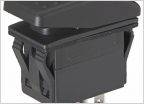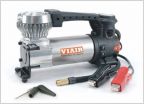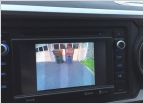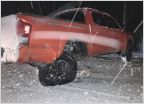-
Welcome to Tacoma World!
You are currently viewing as a guest! To get full-access, you need to register for a FREE account.
As a registered member, you’ll be able to:- Participate in all Tacoma discussion topics
- Communicate privately with other Tacoma owners from around the world
- Post your own photos in our Members Gallery
- Access all special features of the site
Driving a Tacoma around the world
Discussion in '3rd Gen. Tacomas (2016-2023)' started by Round the world, Jan 4, 2019.
Page 77 of 89
Page 77 of 89


 3 position rocker switch?
3 position rocker switch? 3rd Gen Recovery Gear Thread
3rd Gen Recovery Gear Thread Front bumper camera?
Front bumper camera? The Eagle has Landed......
The Eagle has Landed...... Collission....possible frame damage
Collission....possible frame damage Upgrade gauge cluster
Upgrade gauge cluster



















